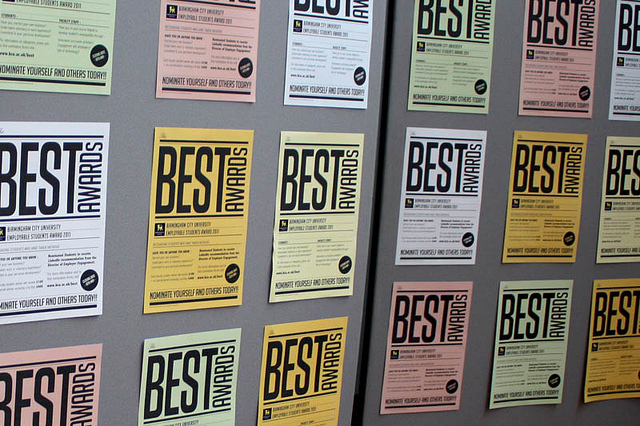Workplace rewards have a hugely positive impact on employees, so it’s a mystery as to why all companies do not have a rewards system in place. In addition to building self-confidence, rewards can play an important role in increasing pride, allowing for peer recognition at work, increasing motivation, and ultimately providing a greater sense of job satisfaction among employees. A good way to gain insight on how leaders and managers can best use both financial and non-financial rewards to recognize the valuable work of their employees is to examine established rewards systems in place at a number of successful companies.
As explained in our book Lifting People Up: The Power of Recognition, “Rewards need to motivate, recognize, and shape individuals within their work culture … The purpose should be to accentuate tasks completed, recommendations given, gestures made, or goals achieved. In order to provide maximum benefit, recognition needs to be genuine, objective, and visible.” Keep these important points in mind as you take a look at some of the ways other companies or entrepreneurs are using rewards, and identify some best practices to find what will work at your organization.
Zappos – has The Monthly Hero, which is a peer-to-peer rewards platform that allows co-workers to recognize the hard work of a fellow employee. Each month, Zappos executives choose one of the nominated “heroes” to be the “Monthly Hero” which includes no less than a small parade around the office (set to the song “I Need a Hero” which plays over the loudspeakers) and various prizes, such as a covered parking spot for the month and cash.
Tyson Foods – has The Grow Awards, which is a system where anyone can recognize anybody else publicly and showcase their appreciation. People are recognized by their peers for their ideas or for advancing the culture of the company. Employees accumulate points (which they can use to buy certain items in a company catalogue) and the winner is published on the internet.
Aflac – dedicates one whole week each year to recognize and reward their employees, which includes gifts, trips, events and more.
Sam Yagan (Former CEO of Match Group and current CEO of Shoprunner.com) – has a “Lunch with Sam” every month where he recognizes and rewards the successful efforts of his employees by offering up his valuable free time to engage with them on a personal level.
SoCore Energy – Pete Kadens (company founder) created a platform called “Mad Props” where employees submit compliments about coworkers who did something well in the workplace. At year-end, all the compliments are tallied and the employee with the most “props” is rewarded with a cash prize of $15,000, the second place winner gets $7,500, and third $2,500. The Mad Prop winner also goes on a wall of fame.
SMS Assist – puts on their own Academy Awards ceremony (using their company training videos as the “movies”) to provide employee and peer recognition. The “actors” nominated are employees that appear in the training videos and the winners are given a unique Academy Award from management for their contribution.
Uptake – makes and gives out 3-D printed trophies for certain accomplishments, and these trophy winners also get time with members of the executive committee to talk about their ideas.
Cleversafe –any employee who received a patent during the year was given an award. When employees received their 10th patent award, they were recognized at the Annual Awards Dinner and also received a plaque.
Even from this short list, you can observe that some companies choose to reward employees on specific, output-focused accomplishments (like receiving a patent), others have peer-based reward structures, some have significant financial rewards, and some use access to the CEO or executive team as rewards. The reward system you put in place can also be a tool through which you can reinforce your company culture. For example, the zany “Monthly Hero” award at Zappos fits perfectly with and reinforces their culture, but this might not work or would seem out of place at an organization with a more traditional work culture. Also note that there is a healthy mix between financial and non-financial rewards, with some effectively blending the two together.
Tweet @KuczInnovation to let us know how you use rewards at your organization.
